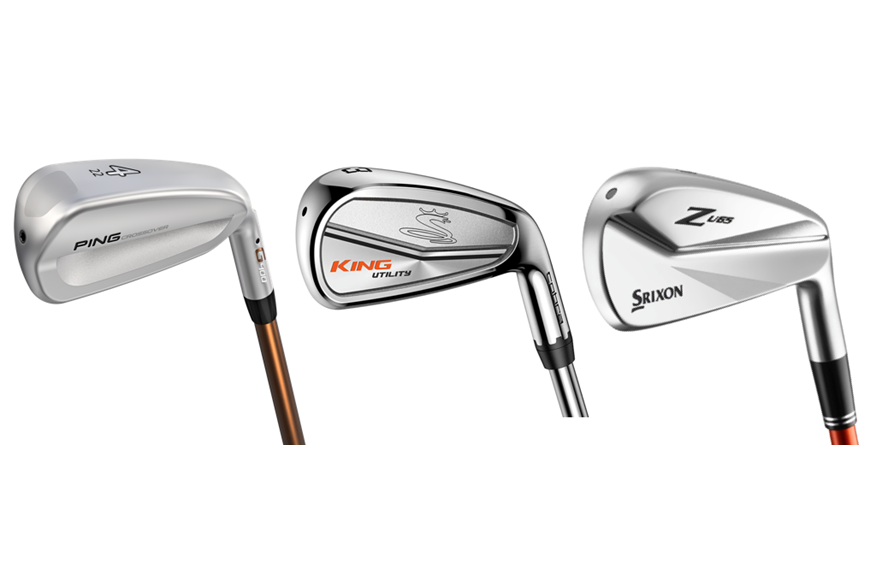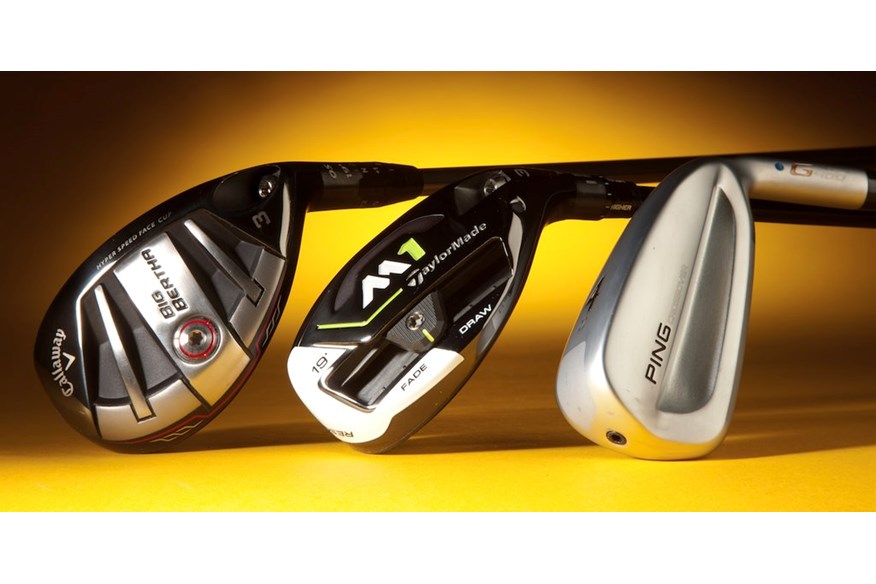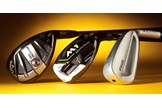Which type of hybrid should I choose?
Published:
What type of hybrid should you choose: Wide body, narrow body or utility iron? Read this and find out!
We’ve all boomed a Sunday best drive down the middle on a tough par 4, only to stroll to our ball and realise there’s more than 200 yards left to the flag. A few years ago you’d have been full of dread addressing a 3- or 4-iron for an approach shot from the turf. Back then we literally prayed shots got airborne, and if they did, we willed them to stay in the air long enough to carry any hazards between us and the flag! For any shots that did make it into the air the chances of stopping them on a green (because they span so little and flew so low) were few and far between.
That’s all changed today, though, as hybrids have convinced many golfers to ditch their long irons. Hybrids make it easier to flight long shots from the turf, but they also dramatically improve your chances of stopping shots closer to the flag as well. But did you realise there’s more than one type of hybrid available nowadays? The choice between wide and narrow bodies and utility irons (hybrid irons) is vast. Each is aimed at very different types of golfers, so we thought the time was right to explain the different anatomies of hybrids, and through the use of data show how each can help – or hinder – your game.
How we did it:
To give a true reflection of how each category performed we’ve used data collected during our 2017 Top Gear test earlier this year. Our test pro Chris Ryan and Equipment Editor Simon Daddow hit each of the wide and narrow body hybrids alongside the utility irons on a Foresight GC2 launch monitor (because of his repeatable swing we’ve only published the data for Chris) while using a premium golf ball. Number-crunching was left until all three tests were complete to avoid any possible manipulation of the figures.
Wide-body hybrid: Who should use them?
Typical swing speed range they suit: Slow to fast.
A wider body from face to back and generally larger head inspires confidence. Aimed at golfers who want to sweep hybrid shots off the deck like woods. A wider head generally generates more spin so shots are launched higher with a more looping ball flight.
Narrow-body hybrid: Who should use them?
Typical swing speed range they suit: Average to fast.
Narrower from face to back and often a more compact head. Better players with higher swing speeds regularly complain of hybrids having a tendency to go left, so these have a more neutral bias. Ideally suited to golfers who hit down on their hybrids, like irons.
Utility/hybrid iron: Who should use them?
Typical swing speed range they suit: Above average to fast.
Often found in the bags of hard-hitting tour players to fill the gap between a fairway wood and irons. Usually the body has a cavity back or a hollow construction, and because the head is produced in two parts fast-flexing face tech is usually incorporated.
Wide body hybrid: Anatomy explained
The most forgiving style of hybrid. A wider sole and bigger rounder head create more spin which helps to flight shots higher for maximum carry distance (particularly at avearge swing speeds). Shafts and overall weights are often a fraction lighter to boost club and ball speeds.
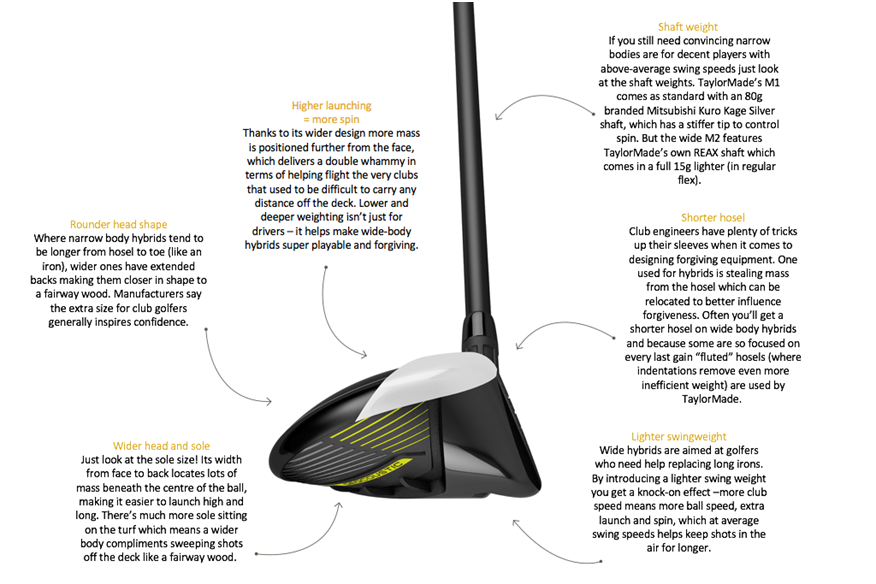
How they perform:
The difference between our two testers demonstrates perfectly why manufacturers make wide and narrow hybrids. Simon’s slower, rhythmic swing benefits from the extra ball speed, launch and spin wider hybrids can deliver; the same traits rob Chris of a bit of carry. We’d say that if you need help deciding between the pair, think about whether you prefer hitting fairway woods or mid-irons. If you’re more confident hitting fairways and are the owner of an average swing speed, wider bodies are difficult to beat. Don’t forget brands like Ping, who make a single hybrid; generally these fall into the same sort of styling as a wide body hybrid, so factor that into any prospective buying decision.
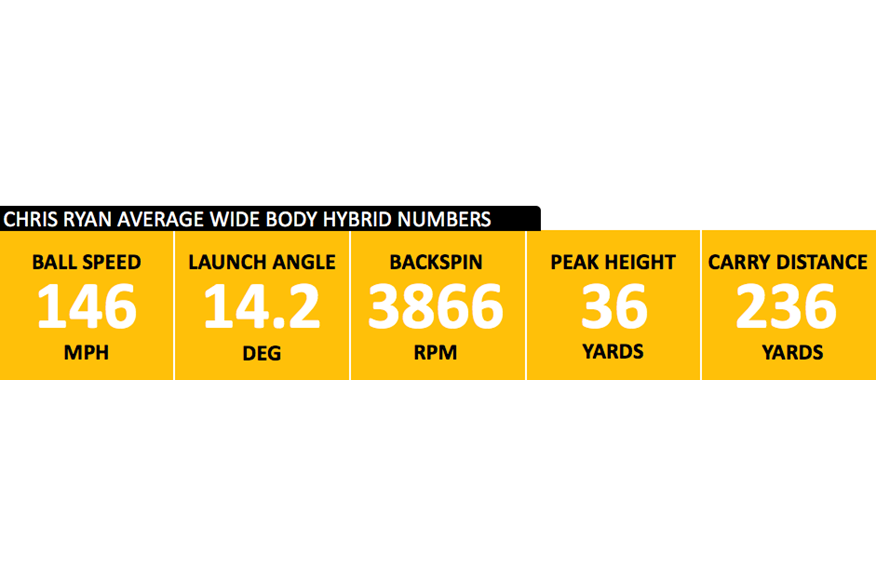
Examples of wide body hybrids:
Callaway Big Bertha OS, TaylorMade M2, Cobra King OS
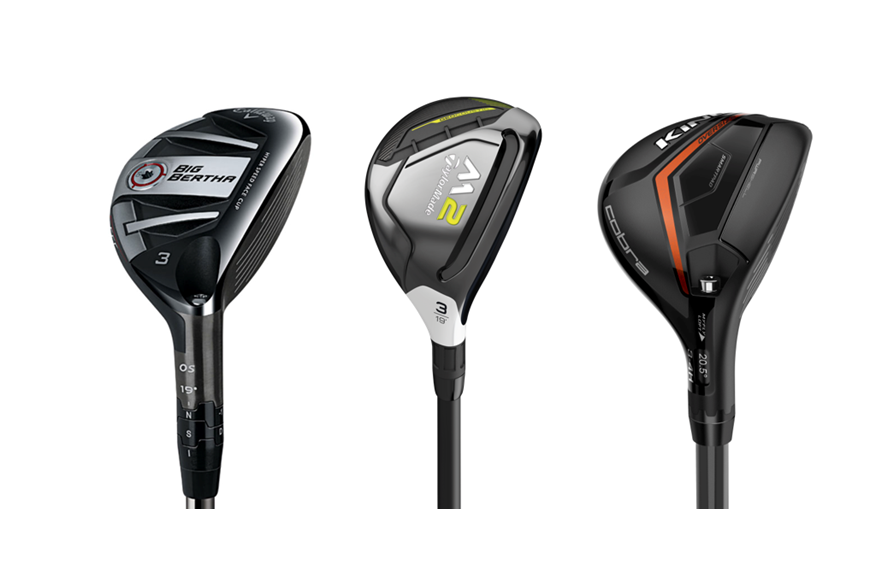
Narrow body hybrid: Anatomy explained
A more compact, narrower head creates less spin which in turn generates a lower ball flight. Sole shaping, and squarer boxy heads are much more like an iron. Shaft and overall weights tend to be higher meaning they’re well suited to above average swing speeds.
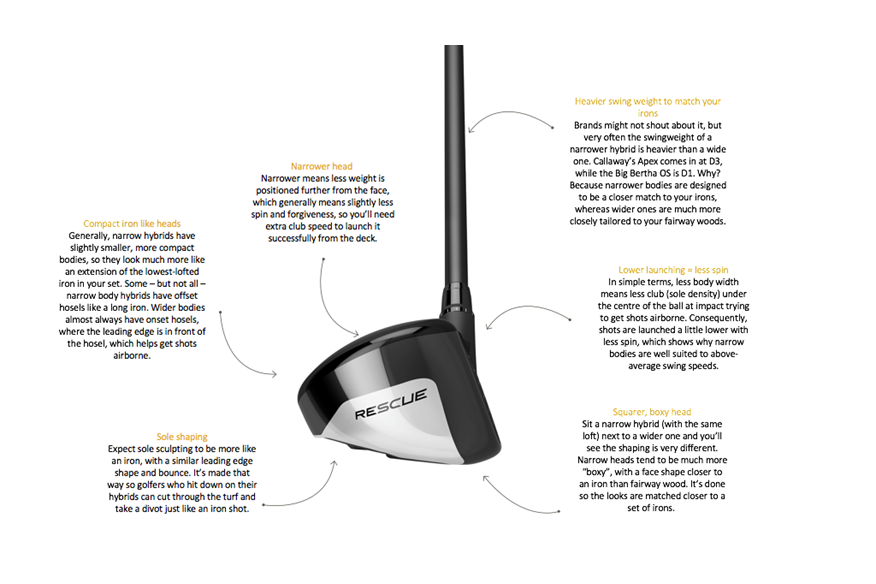
How they perform:
Our test threw up much closer results than last year’s wide v narrow body hybrids test. The data though still supports the theory. Chris launched and peaked shots out lower with less backspin using narrower hybrids. His 1.5° lower launch shows perfectly how these designs are set up to flight shots lower. What does it mean for you? If you’re looking to buy a new hybrid, consider your swing speed and ball flight very carefully. If you want to attack hybrid shots aggressively, and don’t have an issue getting hybrid shots to hang in the air rather than nose dive out of it, narrow body hybrids and utility irons are well worth a shot. If you’re also prone to hitting hybrids left, narrow bodies and hybrid irons are worth a shot.
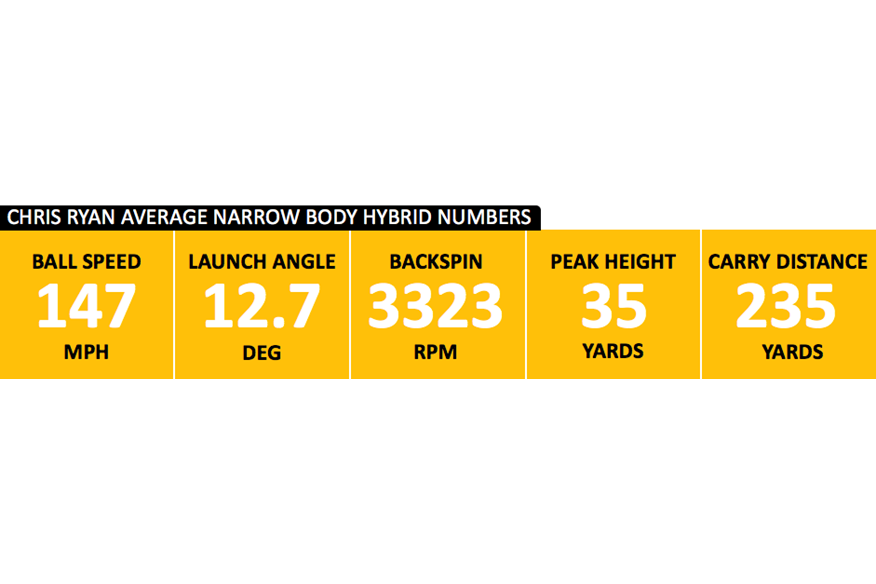
Examples of narrow body hybrids:
TaylorMade M1, Callaway Apex, Srixon Z H65
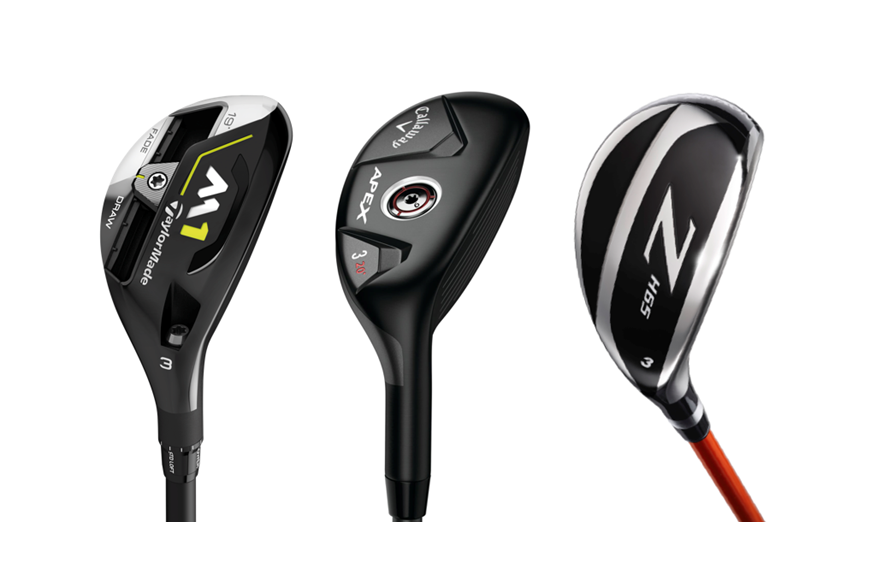
Utility iron: Anatomy explained
Think forgiving long iron. A hollow head makes it’s possible to combine the ball speed of a hybrid with the spin of an iron. Internal weigting helps stop shots pulling left (which better/higher swing speed players often complain about with hybrids), most have fast face technology to maximise launch and ball speed.
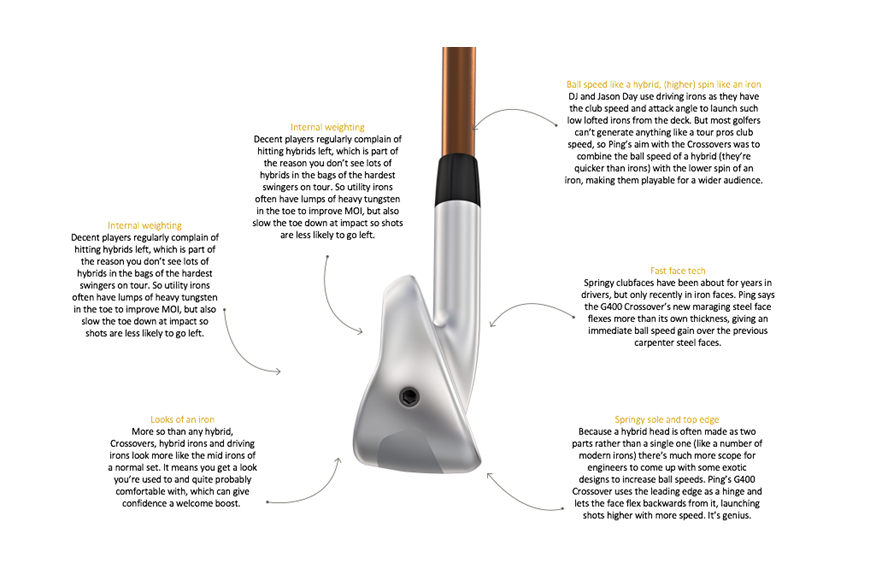
How they perform:
Utility irons are much easier to hit than traditional long irons – but there’s still no doubt in our minds they’re best suited to quicker swing speeds. Simon’s slower club speed struggled (like many club golfers with a 20° utility iron) to launch shots to achieve a good peak height and optimal carry. Chris launched them 2.4° lower (than wide body hybrids) and peaked shots out nine yards lower than the narrow hybrids. That explains why so many pros pop one in the bag at events like The Open, where there’s lots of wind and you don’t generally need to carry much in front of the green. Plaudits must go to Ping (again), as the new G400 Crossover does exactly what it promises; ball speed of a hybrid with the lower spin of an iron.
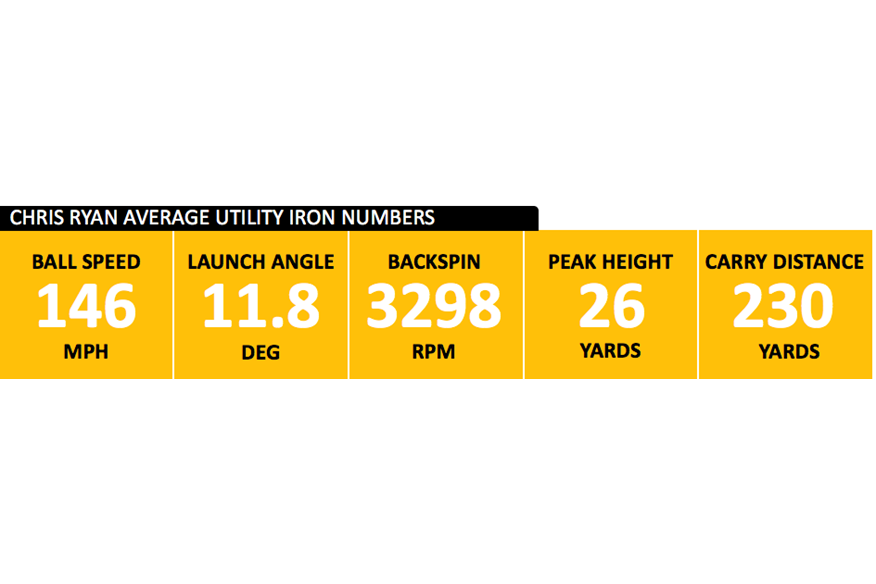
Examples of utility irons:
Ping G400 Crossover, Cobra King Utility, Srixon Z U65
